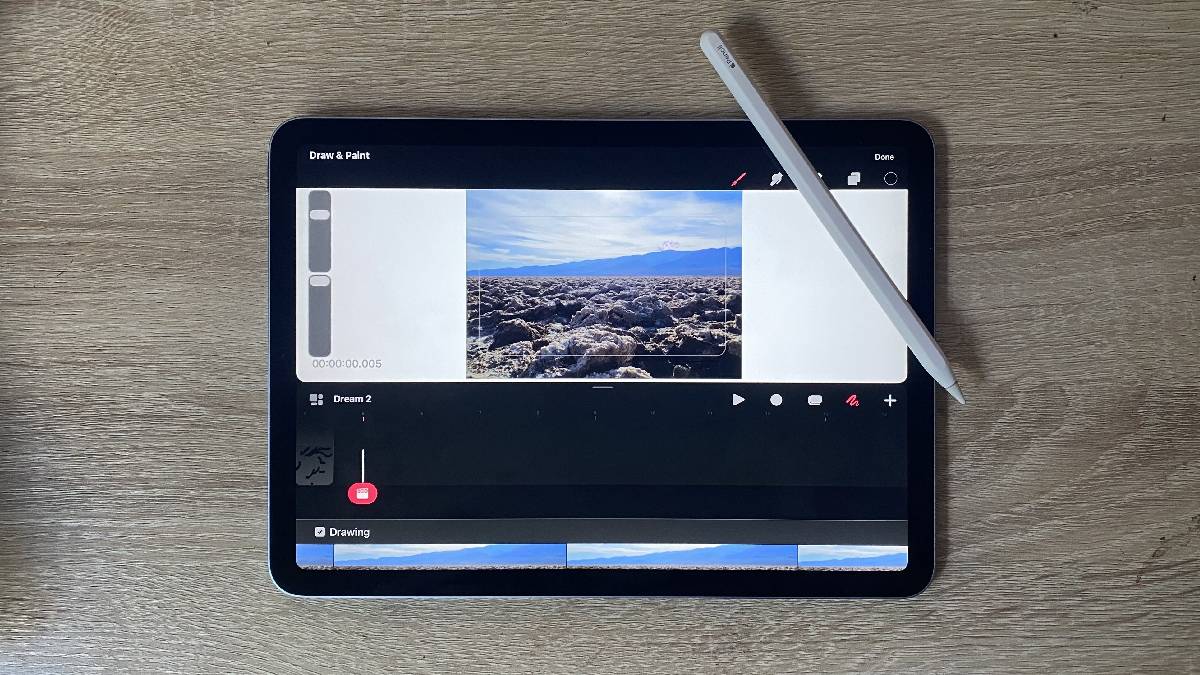How much does Microsoft Copilot Pro cost?
Exploring the pricing of Microsoft Copilot Pro is essential for individuals and businesses considering this advanced AI tool. Understanding its cost structure helps in making informed decisions about investing in this technology. How expensive is Microsoft Copilot Pro? The pricing for Microsoft Copilot Pro can vary based on various factors such as subscription plans, additional […]
How much does Microsoft Copilot Pro cost? Read More »




